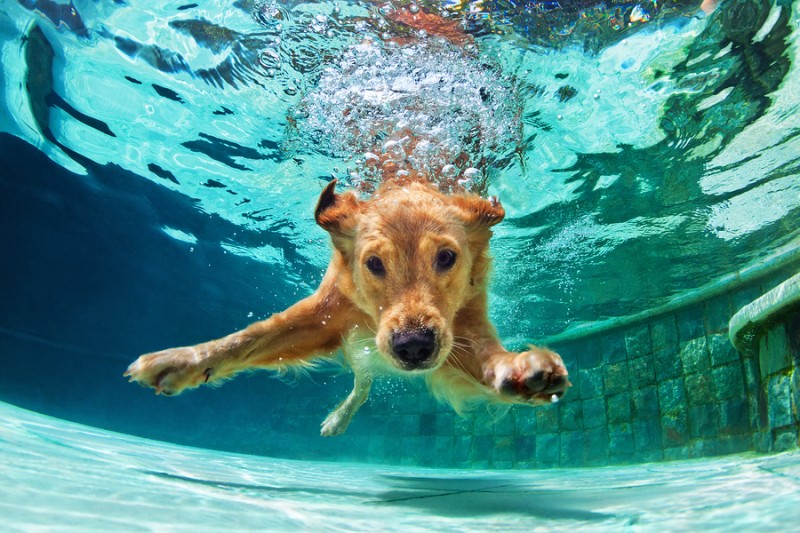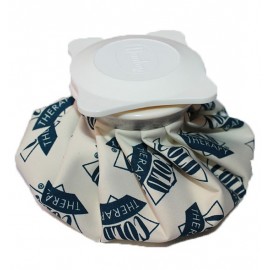Physiotherapy as an alternative treatment in compression of Cauda Equina
SUMMARY
The cauda equina, is the set of nerves and nerve roots that originate from L6 – L7 innervating the posterior train by means of the nerves: Sciatic, Obturator, Pudendo, Femoral and Pelvic.
When generating a trauma at this level, mild to severe compressions can occur generating in the patient pain, claudication of hind limbs, contracture of all muscle mass, proprioceptive deficit, ataxic gait, incontinence, among other clinical signs that will guide the Veterinarian to establish an adequate medical treatment and in the case of the physiotherapist, locate the areas of pain and improve weight support, resistance, bodybuilding (avoiding muscle atrophy as much as possible), joint mobility and proprioception.
The diagnosis is made by radiological study and magnetic resonance imaging of the spine at the level of the lumbo-sacral joint, treatment options
consist of: cage rest, allopathic (NSAIDs, analgesics, corticosteroids), homotoxicological, physiotherapy and rehabilitation, being an excellent option the synergy between homotoxicological treatment and physiotherapy (integral analgesia).
This paper presents the case of a patient of a Pinscher, female, 10 months, which is taken to consultation after having suffered a trauma by fall presenting as main signs paraparesis, contracture of all muscle mass in hind limbs, proprioceptive deficit and ataxic gait. It was decided to perform physiotherapy and rehabilitation without suspending the medical treatment established from the beginning, managing to reduce the recovery time, improvement in the patient’s condition, elimination of the cause of the physical alteration, pain relief, reduce inflammation and resumption to daily life.
Keywords: cauda equine compression, physiotherapy and rehabilitation.
Interested? Here’s the full article
Angelica B. Ortega Vasquez
Ortocanis.com Collaborator


